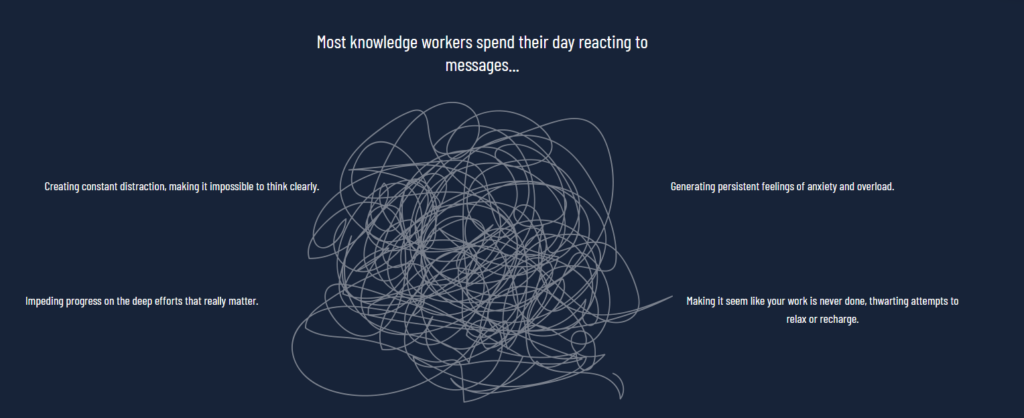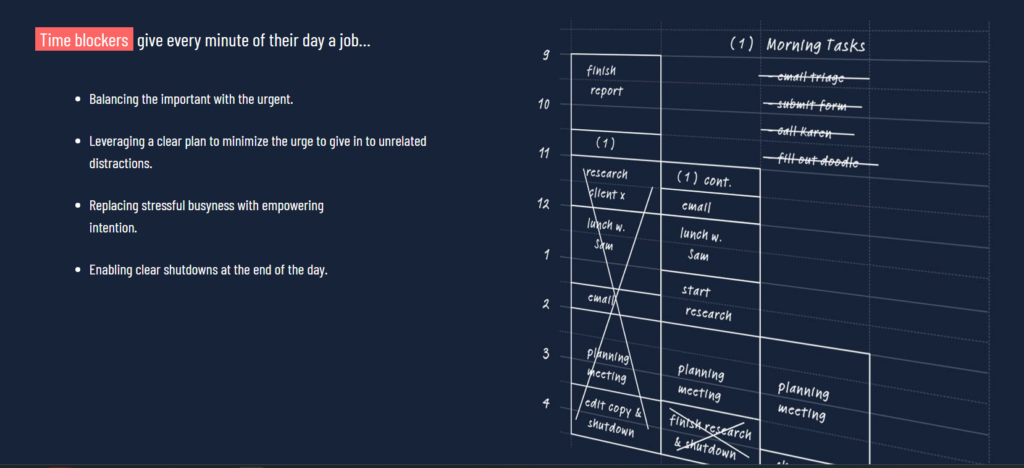
The topic was taken from
Table of Contents
- Introduction
- 1. Accept What You Cannot Control
- 2. Live According to Nature
- 3. The Obstacle is The Way
- 4. Practice Negative Visualization
- 5. Virtue is The Highest Good
- 6. Be Present
- 7. Don’t Be a Slave to Your Desires
- 8. Take Responsibility
- 9. Practice Gratitude
- 10. Avoid The Opinion of The Crowd
- 11. Death is Not to Be Feared
- 12. Memento Mori
- Conclusion
Introduction
Life is a rollercoaster of ups and downs, and sometimes it can feel overwhelmingly difficult. During such times, the ancient philosophy of Stoicism can offer invaluable lessons to help us navigate life’s challenges. As we approach 2024, here are 12 Stoic lessons that can change your life for the better.
1. Accept What You Cannot Control
Lesson:
The Stoics teach us to focus only on what we can control—our actions and reactions—and to accept what we cannot control.
Application:
When faced with adversity, remind yourself that worrying about uncontrollable factors is futile. Focus on your response instead.
2. Live According to Nature
Lesson:
Stoicism advises us to live in harmony with nature, which includes understanding our own nature as rational beings.
Application:
Make decisions that align with your true self and the world around you. Don’t fight against the natural order of things.
3. The Obstacle is The Way
Lesson:
Challenges are not hindrances; they are opportunities for growth.
Application:
When faced with an obstacle, don’t shy away. Tackle it head-on as an opportunity to learn and grow.
4. Practice Negative Visualization
Lesson:
Imagine the worst-case scenarios to appreciate what you have and prepare for challenges.
Application:
Regularly take a few moments to consider the worst that could happen and how you would cope. This prepares you mentally for any outcome.
5. Virtue is The Highest Good
Lesson:
According to Stoicism, virtue is the only true good and vice the only true evil.
Application:
Prioritize ethical actions and moral integrity above all else.
6. Be Present
Lesson:
The present moment is all we truly have.
Application:
Practice mindfulness to focus on the here and now, rather than dwelling on the past or worrying about the future.
7. Don’t Be a Slave to Your Desires
Lesson:
Freedom comes from mastering your desires, not fulfilling them.
Application:
Practice self-control and don’t let short-term desires derail your long-term goals.
8. Take Responsibility
Lesson:
You are the author of your own life.
Application:
Own your actions and their consequences, good or bad.
9. Practice Gratitude
Lesson:
Being thankful for what you have brings contentment.
Application:
Regularly list things you are grateful for to shift your focus from what you lack to what you have.
10. Avoid The Opinion of The Crowd
Lesson:
Public opinion is fickle and not a reliable measure of worth.
Application:
Value your own judgment over popular opinion.
11. Death is Not to Be Feared
Lesson:
Death is a natural part of life.
Application:
Live each day as if it could be your last, focusing on meaningful activities.
12. Memento Mori
Lesson:
Remember that you will die.
Application:
This Stoic practice serves as a reminder to live a virtuous life.
Conclusion
As we look forward to 2024, these Stoic lessons can serve as a guide to living a more fulfilling and resilient life. When life gets hard, remember these teachings and apply them to your daily life. Your future self will thank you.





